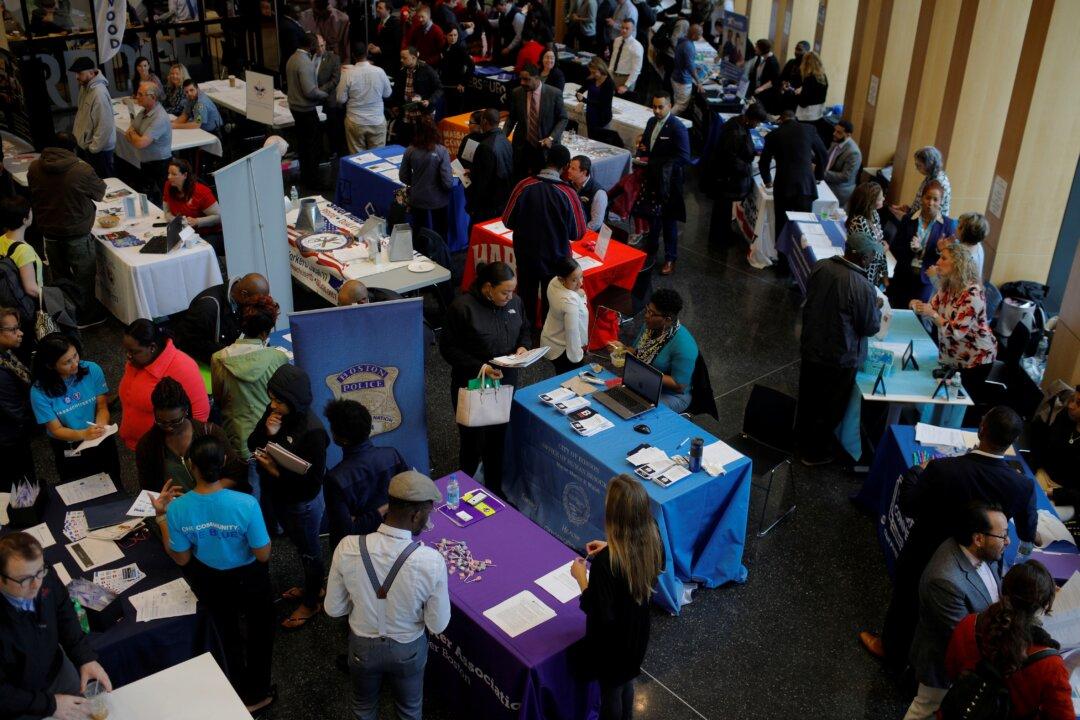Fewer Americans requested unemployment benefits in the week ending March 17 than economists expected. Based on Labor Department data, 221,000 filed jobless claims that week, which is 9,000 fewer than the week before (pdf).
Economists polled by Reuters had forecast claims decrease to 225,000 for the week.





